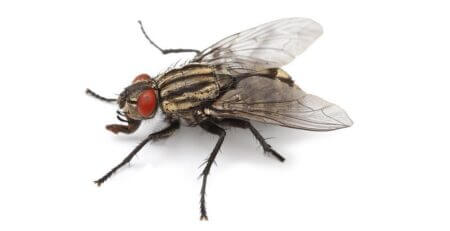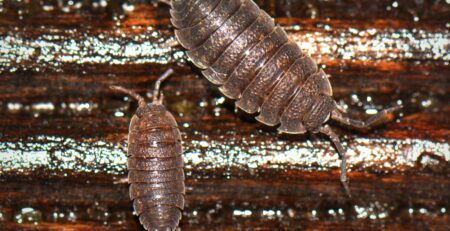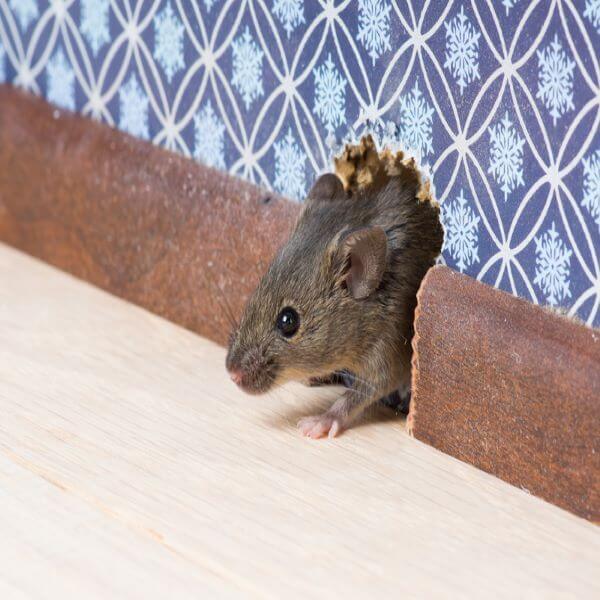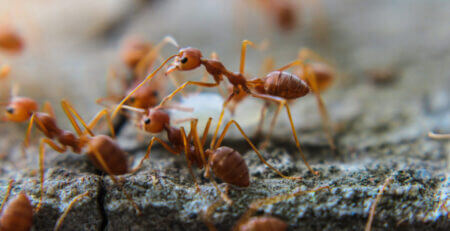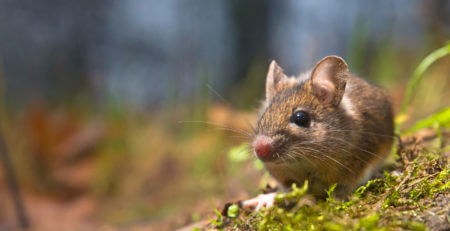Signs of Rat Infestation in the UK: Identifying Rat Presence in Your Property
Rat infestations can cause significant damage and health risks in UK properties. Detecting the signs of a rat infestation early is crucial for prompt action and effective rat control. In this article, Pest Control Direct provides an extensive guide to help homeowners and businesses in the UK identify the signs of a rat infestation and take appropriate measures to address the problem.
Rat Droppings
Rat droppings are one of the most common and noticeable signs of rat activity. Here’s what to look for:
- Appearance: Rat droppings are typically dark brown or black, cylindrical in shape, and resemble grains of rice.
- Location: Check for droppings in areas where rats are likely to frequent, such as along walls, in corners, near food sources, or in nesting areas.
- Quantity: The presence of a large number of droppings indicates a significant rat population.
Gnaw Marks
Rats have strong incisors that continuously grow, leading them to gnaw on various objects. Look for the following signs of gnawing:
- Damaged Wiring or Cables: Rat gnawing can cause electrical malfunctions or damage to cables, particularly in attics, basements, or utility areas.
- Chewed Wood or Plastic: Rats may chew on wooden structures, doors, skirting boards, or plastic pipes. Look for fresh chew marks or signs of gnawing activity.
Grease Marks and Rub Marks
Rats leave grease and dirt marks as they repeatedly travel along established routes. Keep an eye out for:
- Grease Marks: These appear as smudges or dark streaks along walls, baseboards, or other surfaces that rats frequently brush against.
- Rub Marks: Rats have oily fur that can leave smudges or rub marks along frequently used paths or entry points.
Nests and Nesting Materials
Rats construct nests for breeding and shelter. Look for the following signs of nesting activity:
- Shredded Materials: Rats use various materials such as paper, fabric, insulation, or vegetation to build their nests. Look for piles of shredded materials in hidden areas, corners, or dark spaces.
- Nesting Locations: Rats prefer secluded areas such as attics, basements, wall voids, or burrows outside the property.
Footprints and Tracks
Rat footprints and tracks can provide evidence of their presence. Look for:
- Dusty Surfaces: Sprinkle a fine layer of flour, talcum powder, or a similar substance in areas suspected of rat activity. Check for footprints or tail marks left behind by rats.
- Soil or Mud Tracks: Rats can leave tracks in moist soil, mud, or areas with loose debris.
Strange Noises and Odors
Rats may produce noticeable sounds or odours. Pay attention to:
- Scratching or Scurrying Noises: Rats are active primarily at night, and you may hear scratching or scurrying sounds within walls, ceilings, or other hidden spaces.
- Unusual Odors: Rat urine has a distinctive ammonia-like odour. If you detect a strong, musky smell, it could indicate a rat infestation.
Sightings of Live or Dead Rats
Actual sightings of live rats or their remains are strong indicators of an infestation. Look for:
- Live Rats: Rats are mostly active at night, but sightings during the day suggest a large population or scarce food sources.
- Dead Rats: Discovering dead rats, either indoors or outdoors, may indicate a recent or ongoing infestation.
Conclusion
Identifying the signs of a rat infestation in your UK property is essential for prompt action and effective rat control. Look for rat droppings, gnaw marks, grease marks, nests, footprints, strange noises, odors, and sightings of live or dead rats. If you suspect a rat infestation, it is advisable to consult with professional pest control services experienced in rat control. They can assess the extent of the infestation, implement appropriate control measures, and help you restore a rat-free and safe environment for your property.



